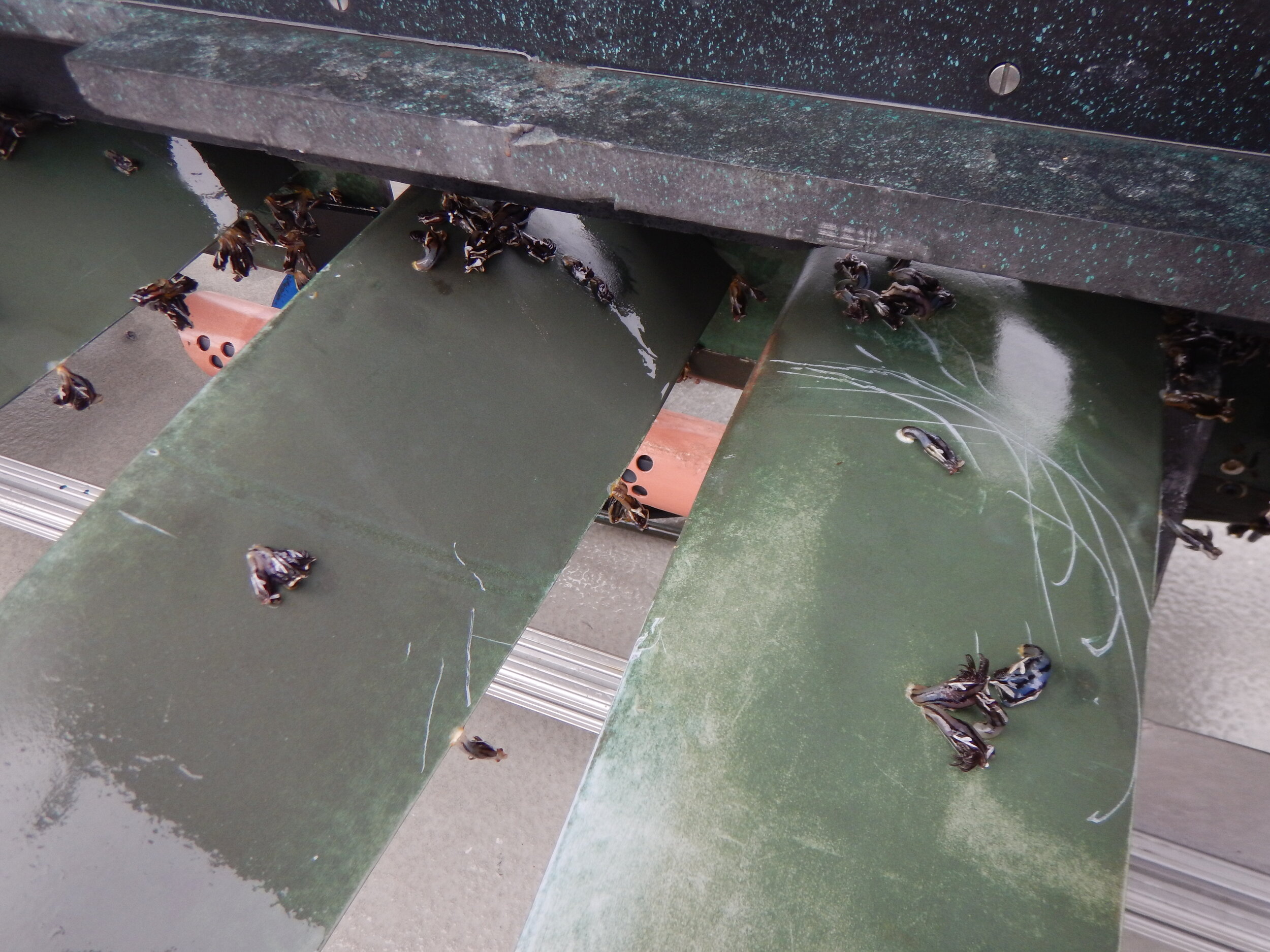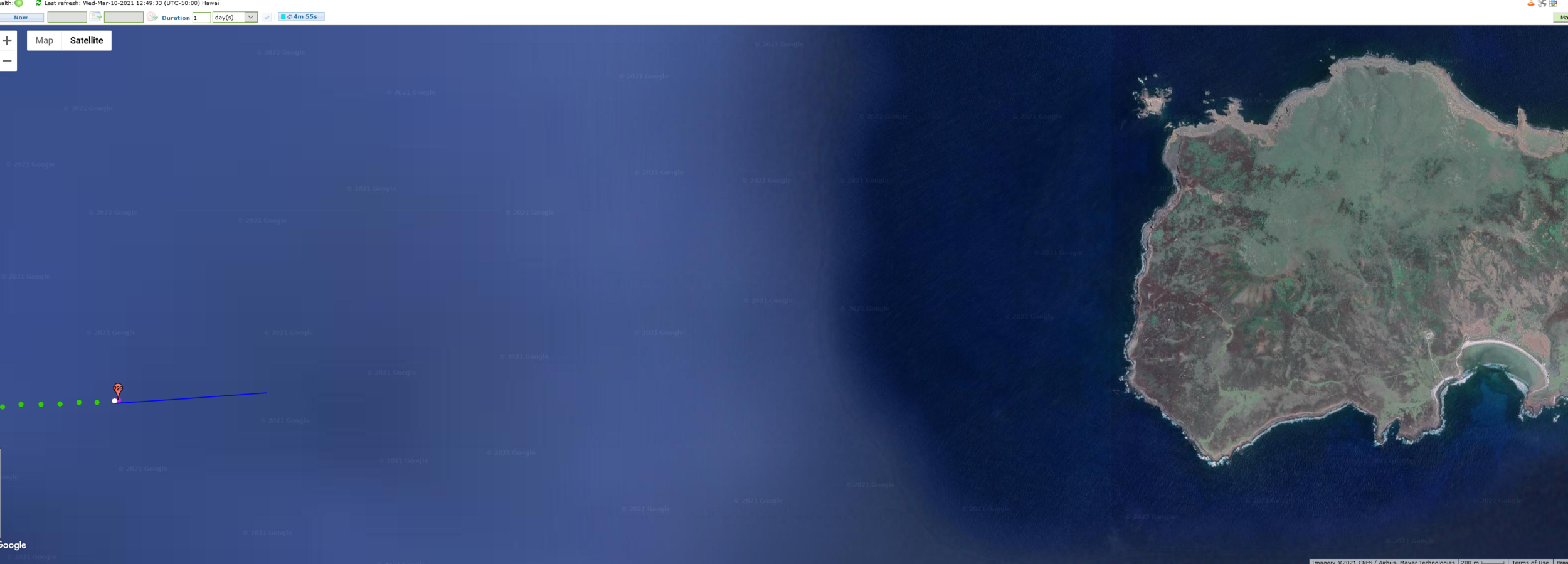Each year, we have made significant improvements to the audio quality of our HUMPACS payload.
From the first year HUMPACS EAST in 2018 to HUMPACS WEST in 2019, we dropped the hydrophone mount ~4” to help isolate it from the sub. This dramatically improved the amount of noise we were getting from the rudder and the wing stops and even allowed us to not have to filter out so much of the rudder noise (see our Can You Hear Me Now blog).
For HUMPACS PMNM 2020, we again made more improvements, this time to the sub itself, by adding washers and high-density rubber pads to strategic locations (see our Europa Arrives in the PMNM blog).
For HUMPACS MEXICO 2021, we again mitigated more of the self-noise sub sounds which has significantly improved our audio quality.
Here is an example spectrogram of what the whales sounded like from the improved system as Europa left Puako for HUMPACS MEXICO. We are thrilled with the quality!




















